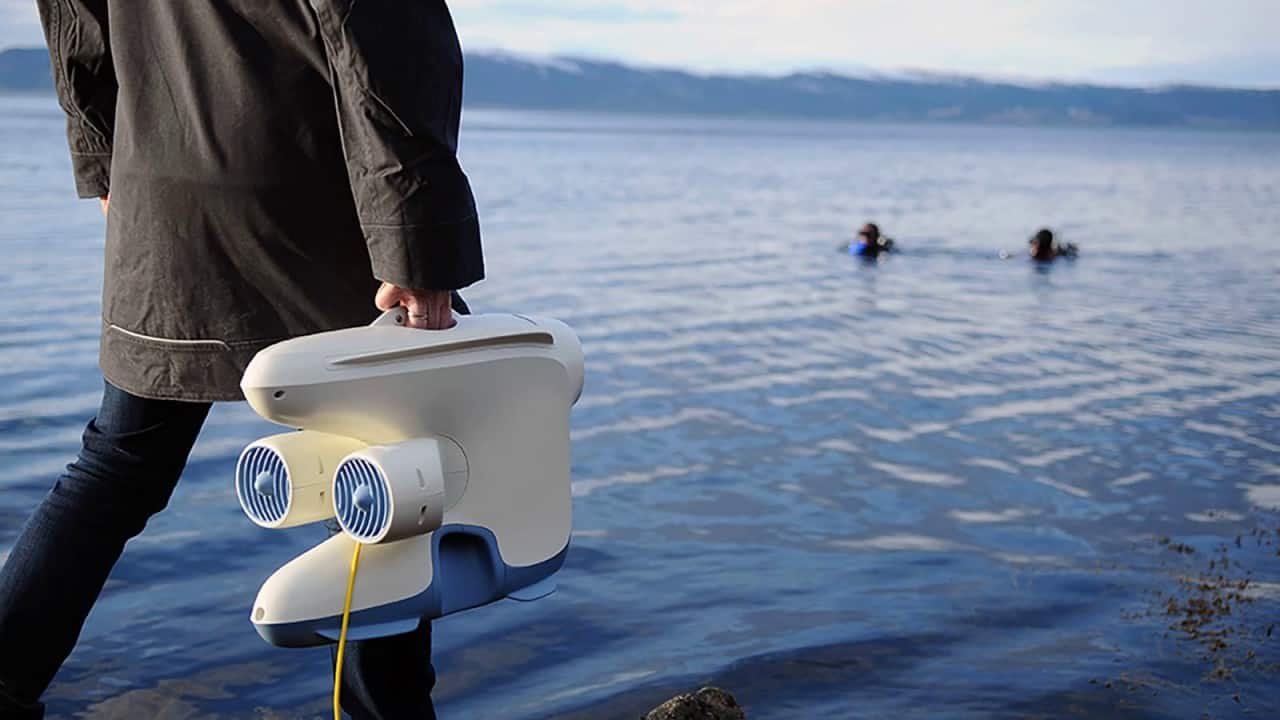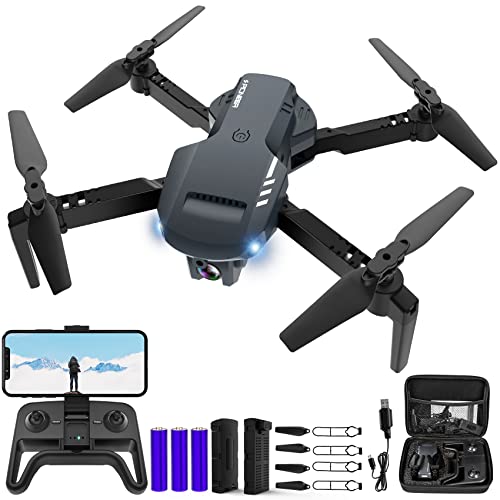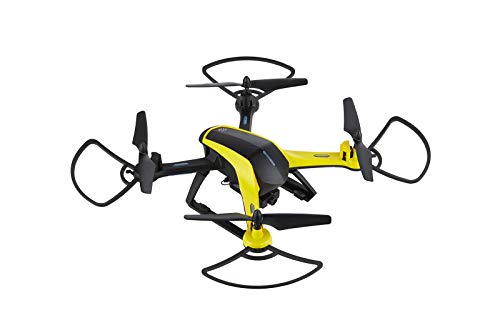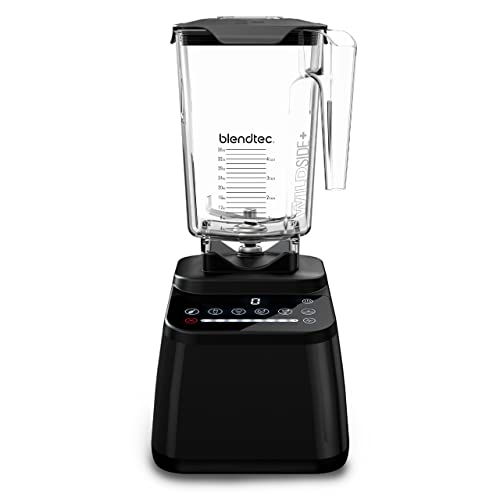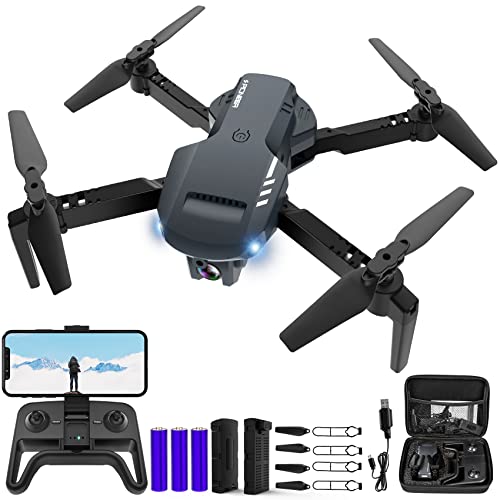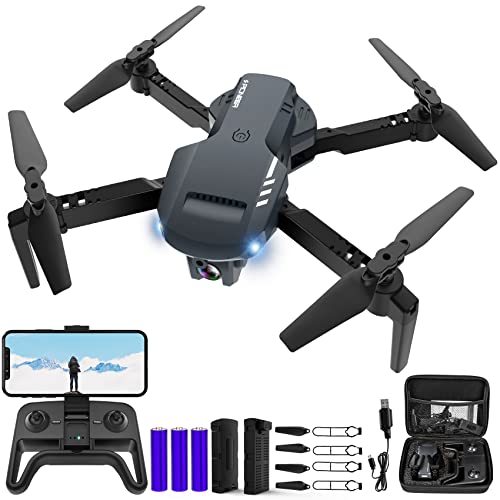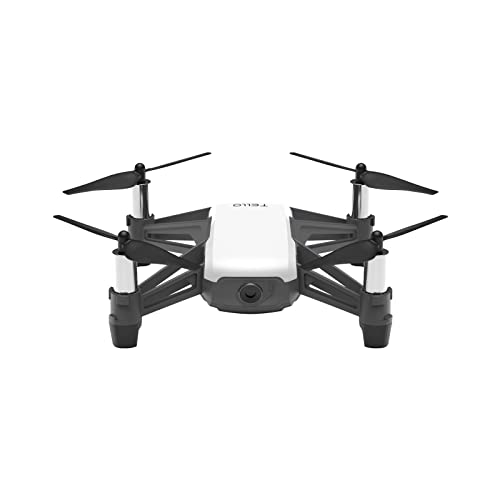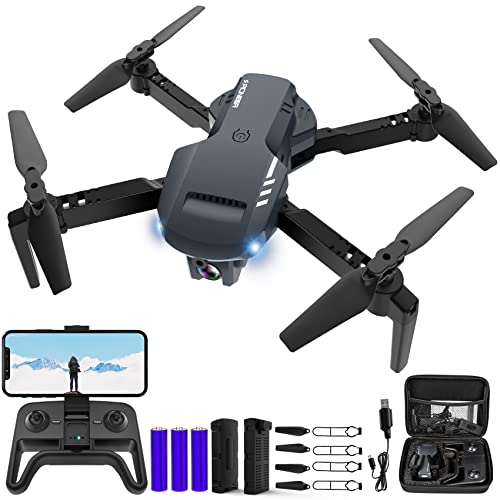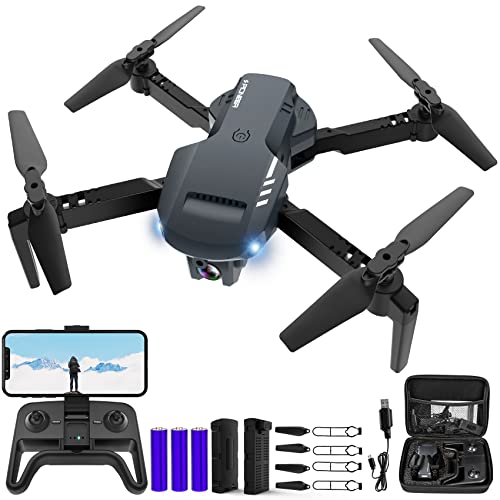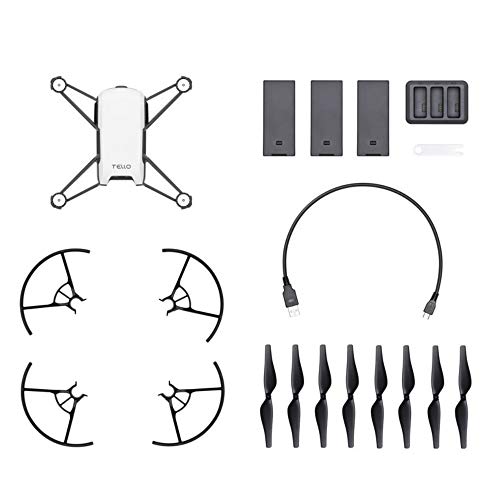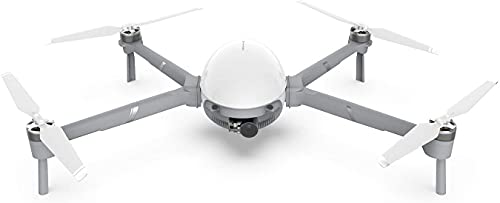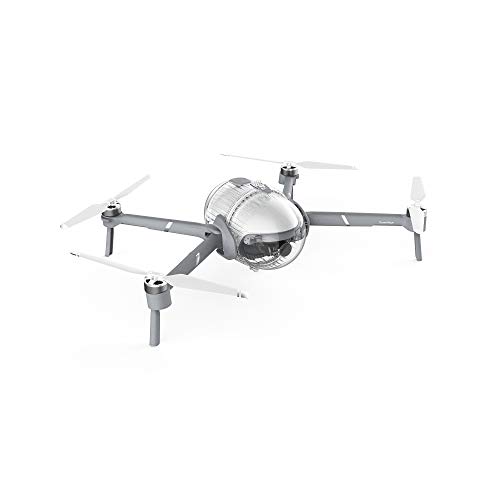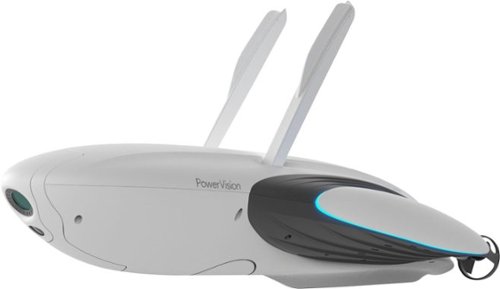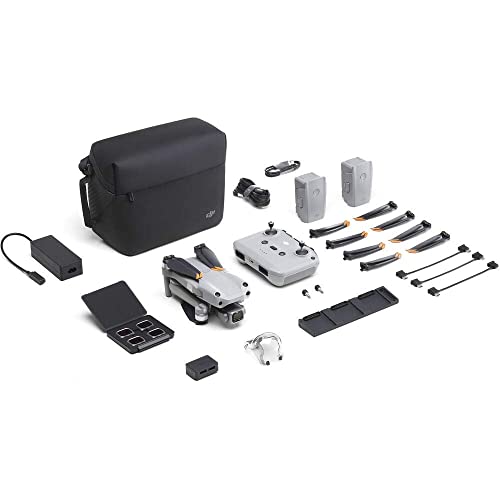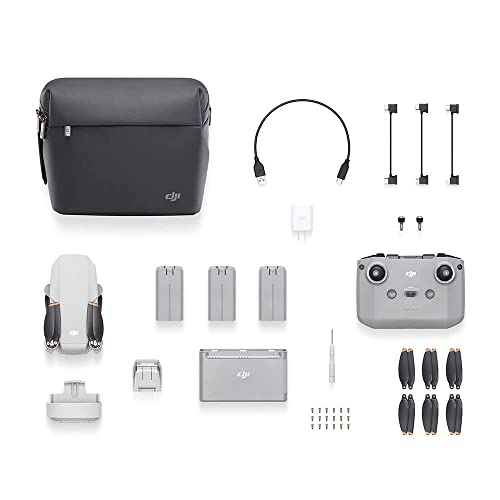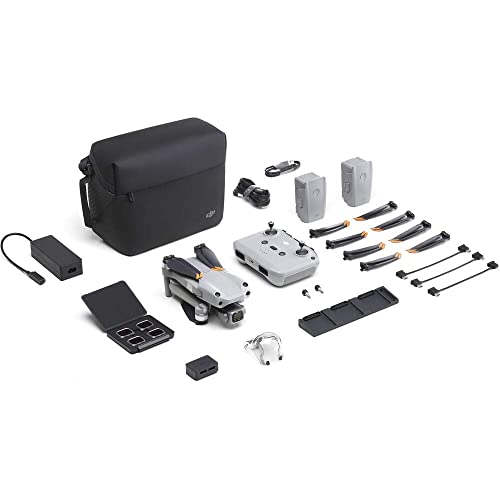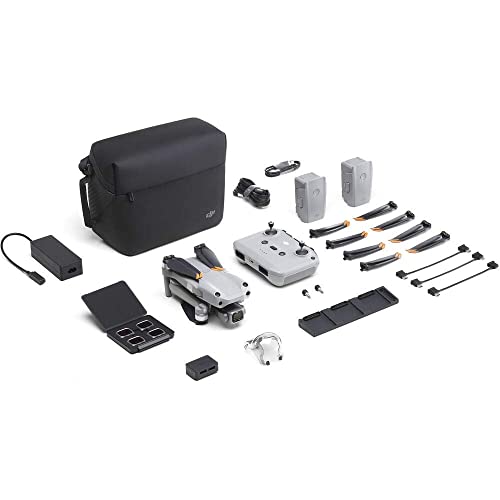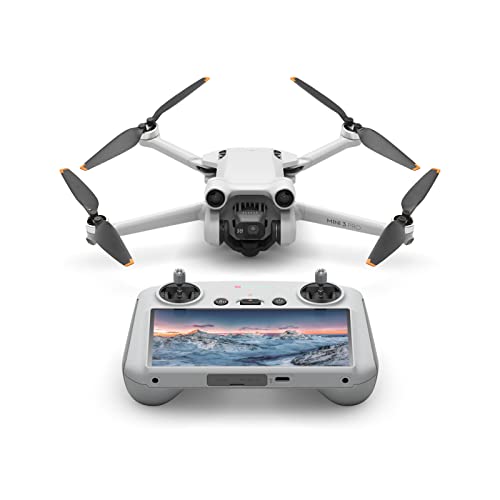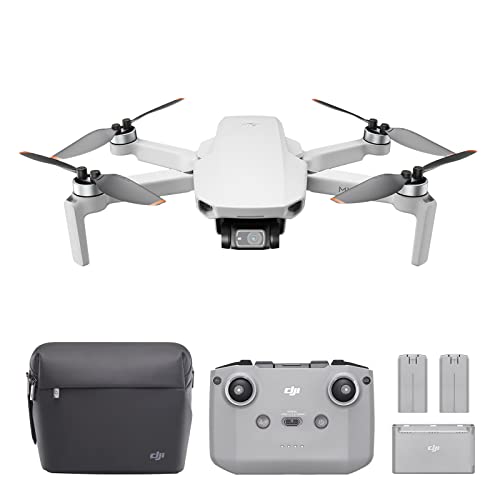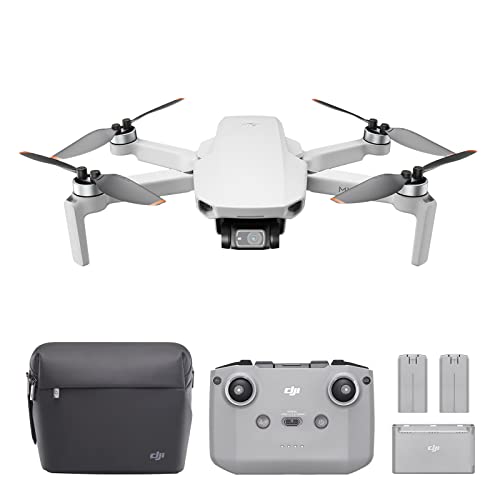If you are new to the world of unmanned aerial vehicles, you may wonder what are the laws on drones. Even the best drones, after all, are subject to certain rules and regulations. So what are these laws and how do they impact average drone pilots? Keep reading to find out.
KEY TAKEAWAYS:
- Many drone laws vary from state to state, but there are a few federally recognized rules regarding flying unmanned aircraft systems.
- The line of sight rule indicates that a drone must be kept in the line of sight during use.
- The Class G airspace rule indicates that an unmanned aerial vehicle must stay below 400 feet to avoid manned aircraft and appease law enforcement agencies.
What are Drone Laws?
Drone laws are rules and regulations regarding the commercial or industrial use of unmanned aerial vehicles, particularly in regard to the safety of people and property and individual privacy. These laws have nothing to do with battery life if you are wondering about the various ranges for modern drones. Also, keep in mind that these laws are continuously changing as the industry matures.
Insider Tip
If you are unsure of local drone laws, check out your city or county’s official website for more information.
These rules vary somewhat from state to state, but there are some national regulations that should be understood before flying a drone. Here are the main laws worth considering before learning about level 7 wind resistance for drones and related considerations.
Line of Sight Rule
For commercial drone pilots, the line of sight rule is something that must be considered, as it is a nationally adopted mandate. This rule insists that drone operators keep the unmanned aircraft in their eyesight at all times, thus the name. This helps to ensure that the drone stays safe during flight, as you’ll be there to keep an eye on it, and cuts down on any invasion of privacy concerns. As a note, this rule only applies to recreational drones, as commercial drones, such as delivery drones, do not have to adhere to this line of sight rule.
Licenses and Registration
Generally speaking, you do not need a license to fly a recreational drone, though there are some municipalities considering implementing such a rule. However, most modern drones need to be registered with the Federal Aviation Authority (FAA) before flying. You’ll find registration information along with the instruction manual upon unboxing your drone. Carry proof of registration when flying the vehicle, in case you get stopped.
Class G Airspace
All recreational and commercial drone pilots must stay out of “Class G” airspace during use. What does this mean? You’ll have to fly at or below 400 feet so as to avoid actual manned aircraft. This helps avoid any potential disasters, such as colliding your drone with a helicopter or even an airplane.
F.A.Q.S
What type of drone flyer are you?
There are many types of recreational flyers out there, but all of them should be aware of law enforcement officers, law enforcement agencies, laws pertaining to the expectation of privacy, and more.
Are drones allowed in California?
Drones are allowed in California for recreational purposes, though are subject to the above rules and regulations. Register the prone before use, for instance.
Do drone regulations differ across different states?
Many drone laws differ in varying states, such as laws pertaining to private property and the expectation of privacy, but the above regulations are federally mandated by various law enforcement agencies.
STAT: Unmanned aircraft systems (UAS) or drones must be registered with the FAA and your registration is valid for three years. (source)
REFERENCES:
- https://www.faa.gov/uas/
- https://www.ncsl.org/research/transportation/current-unmanned-aircraft-state-law-landscape.aspx
- https://www.gov.uk/government/news/drones-are-you-flying-yours-safely-and-legallyr
- https://drone-laws.com/drone-laws-in-california/
- https://www.utsystem.edu/sites/default/files/offices/police/policies/USDroneLaws.pdf

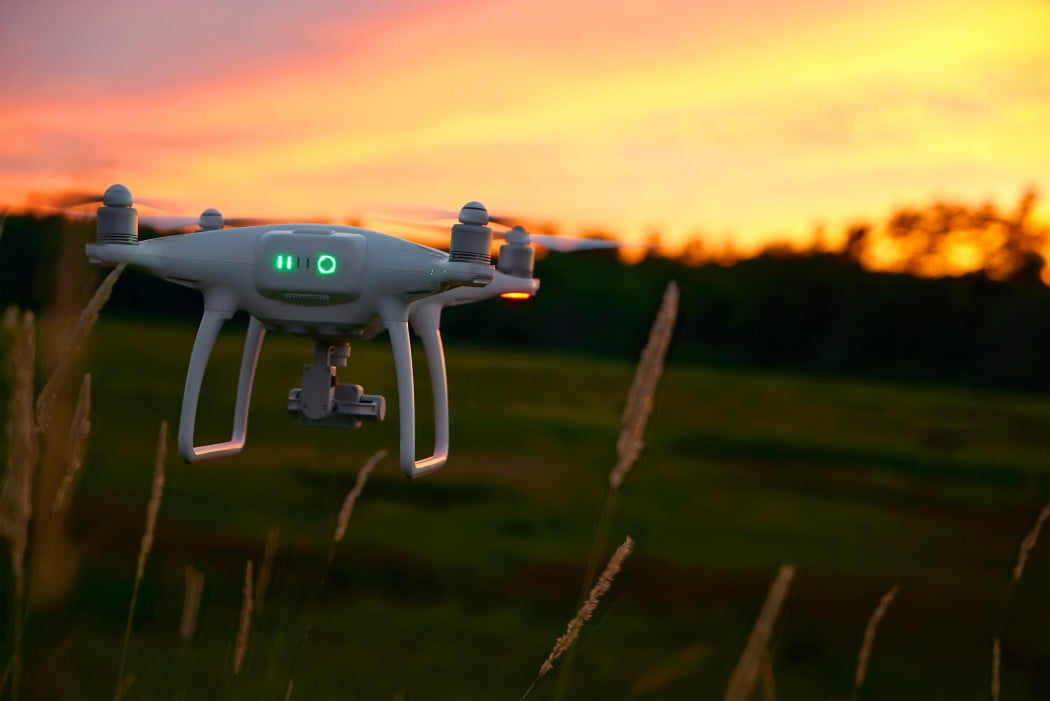












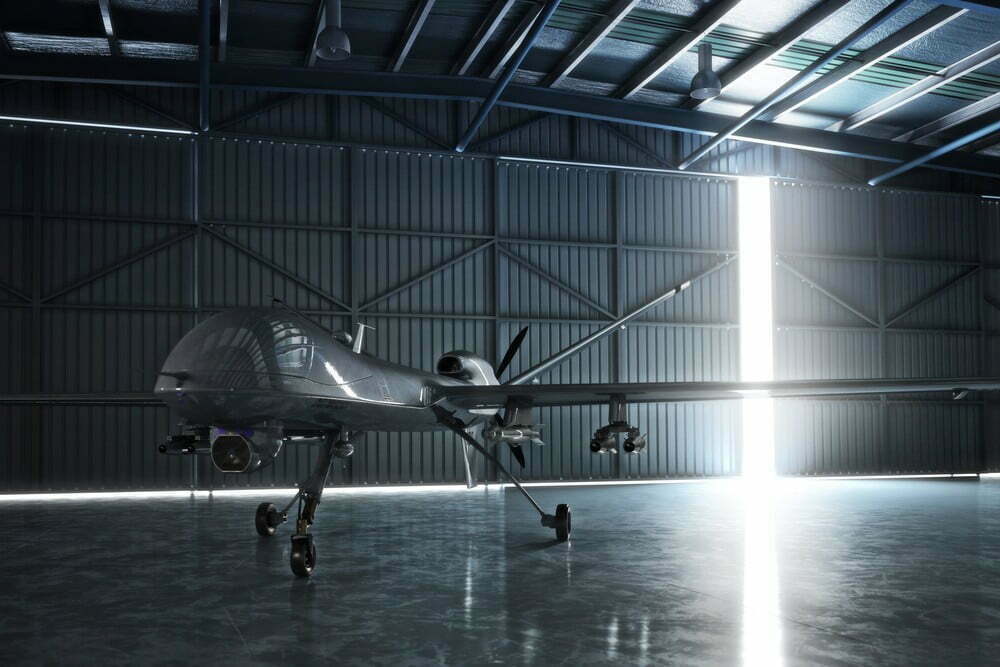
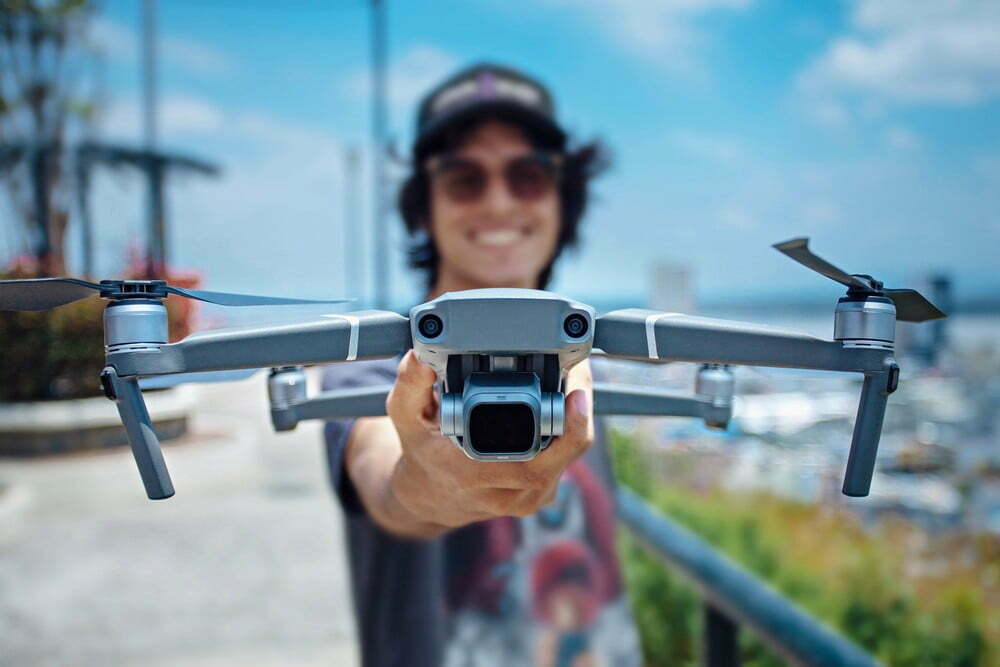
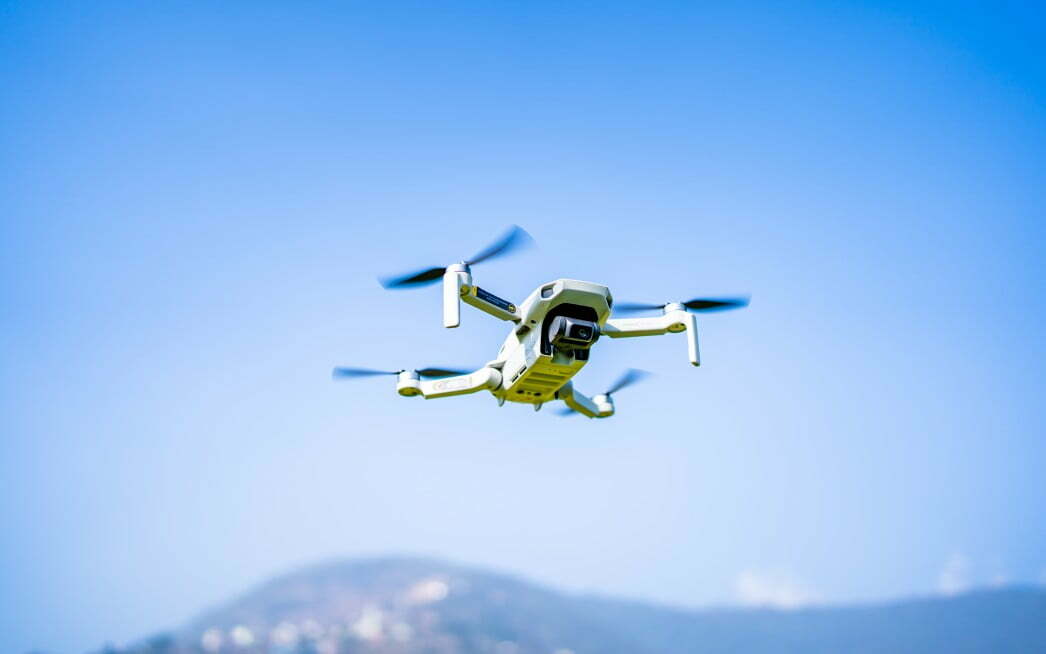
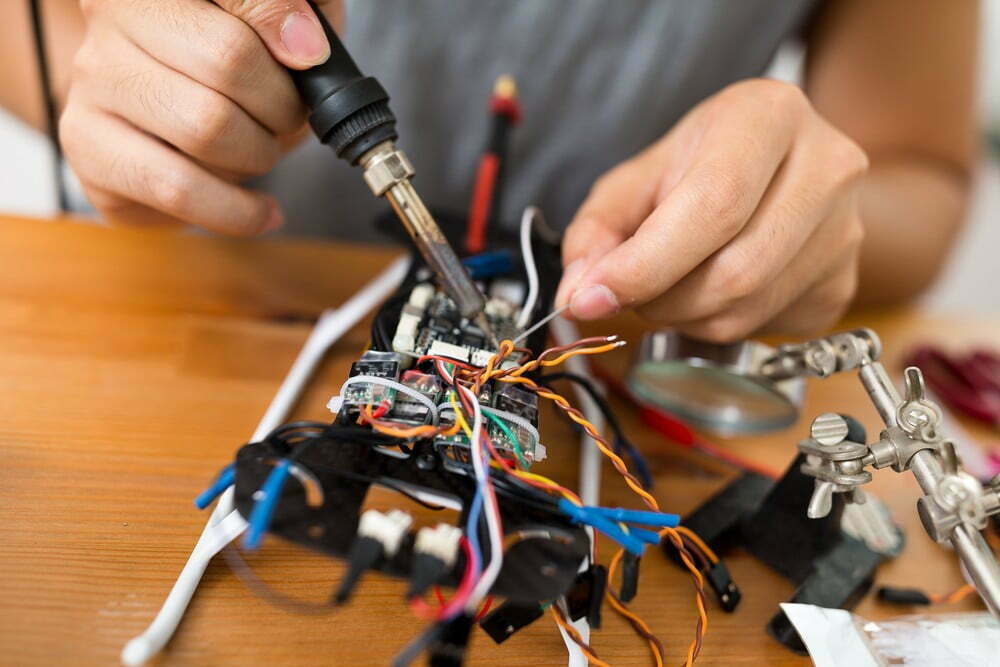
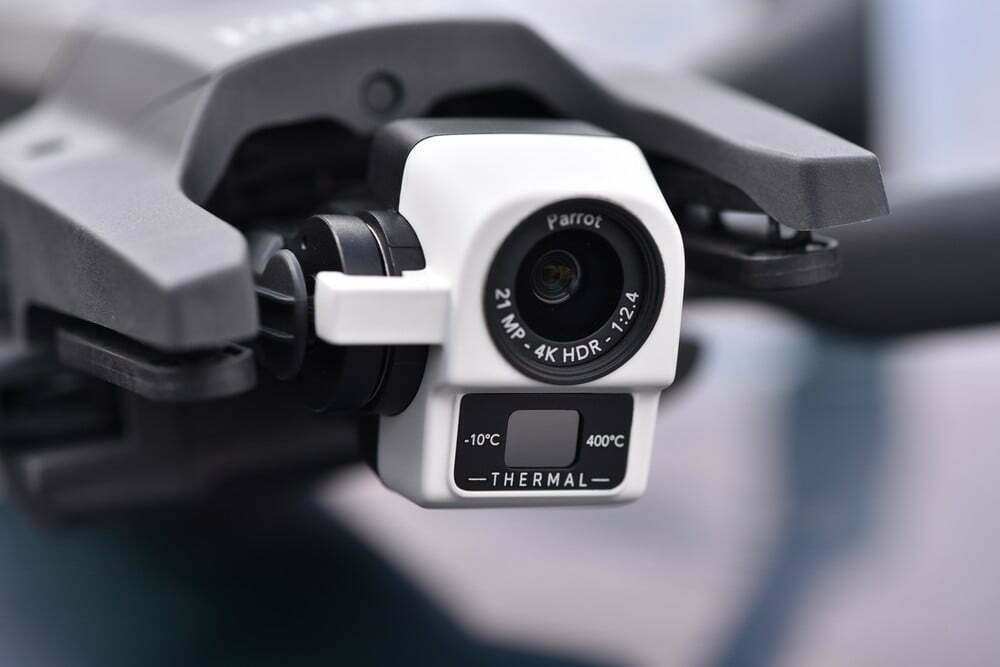
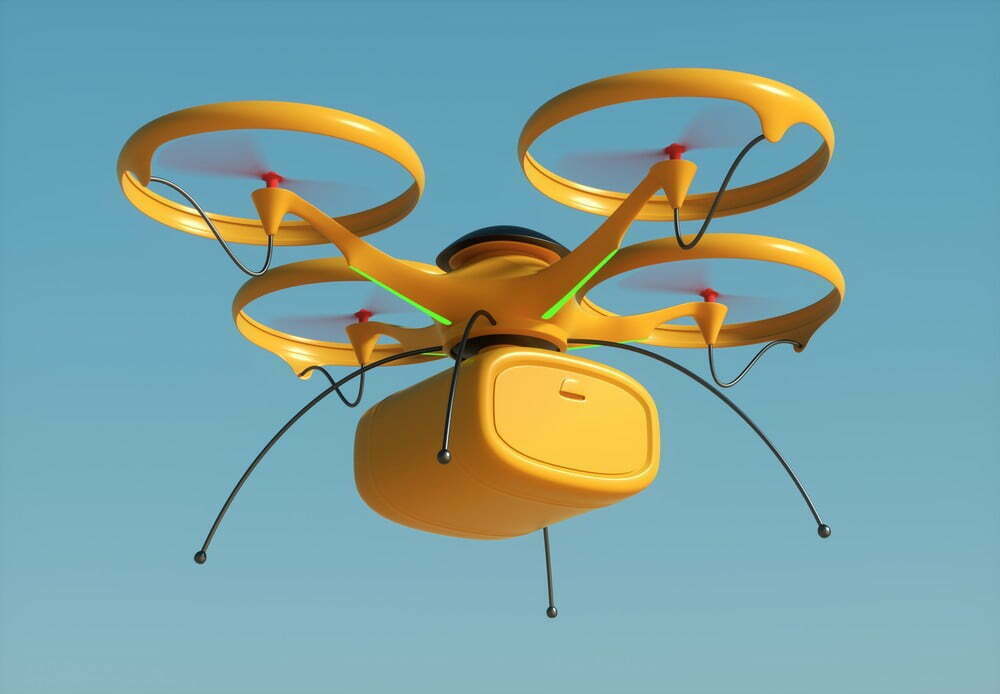
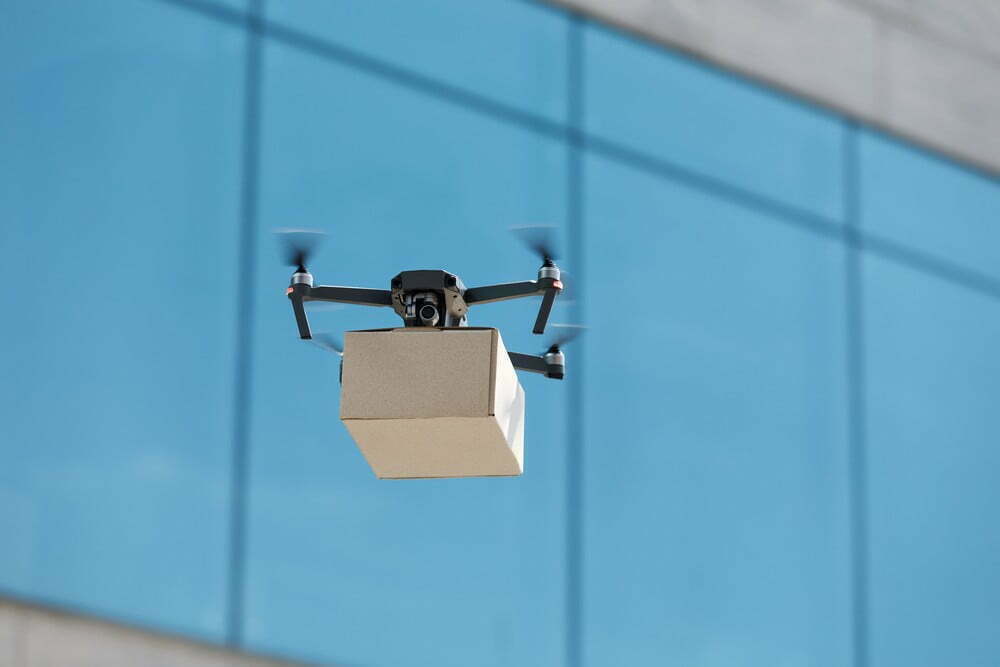
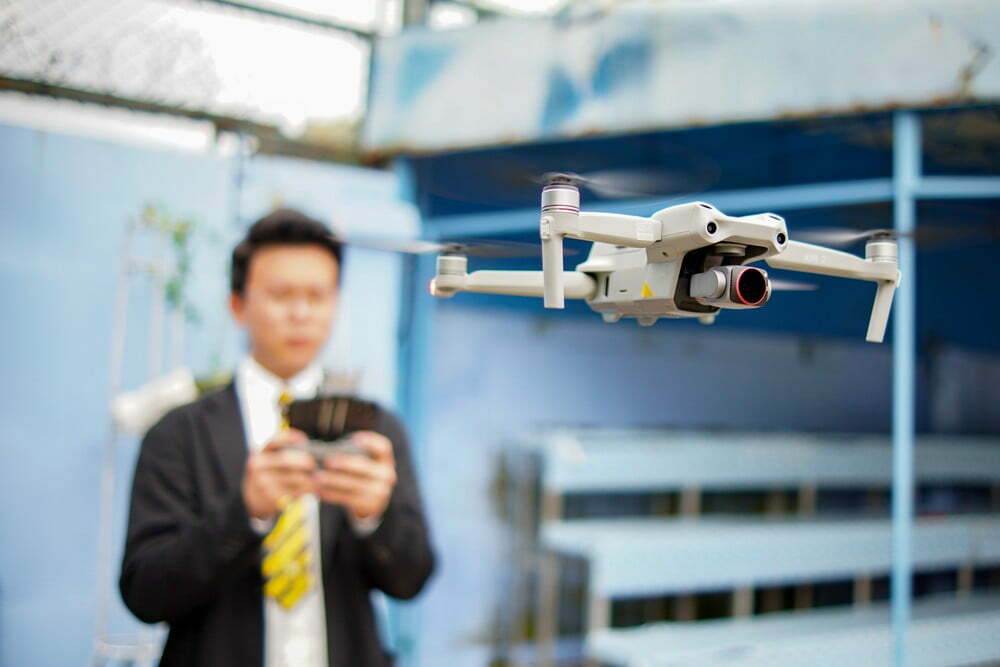
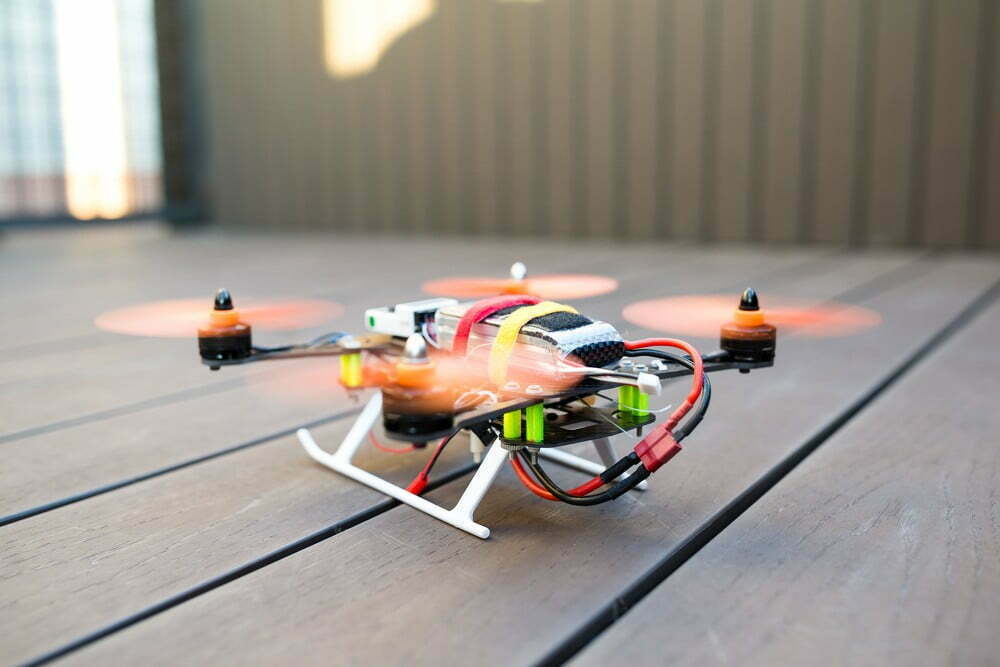
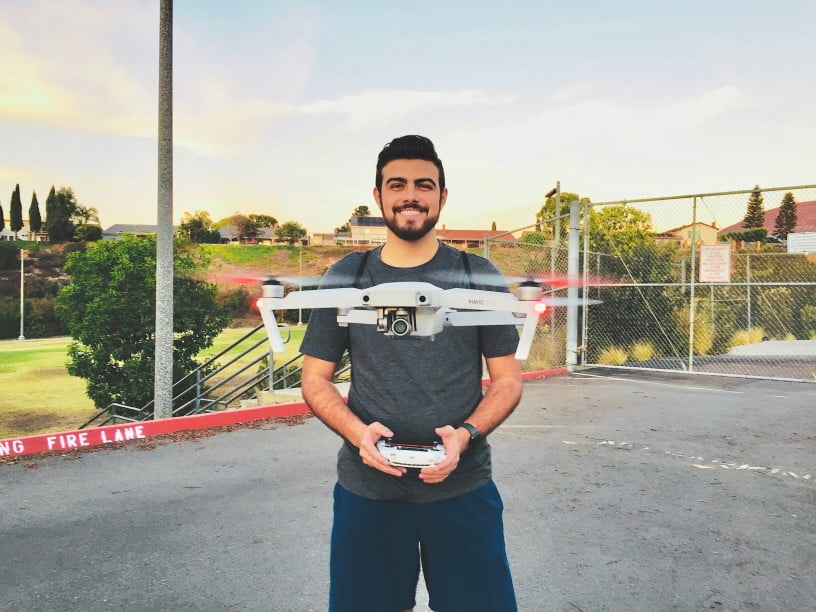
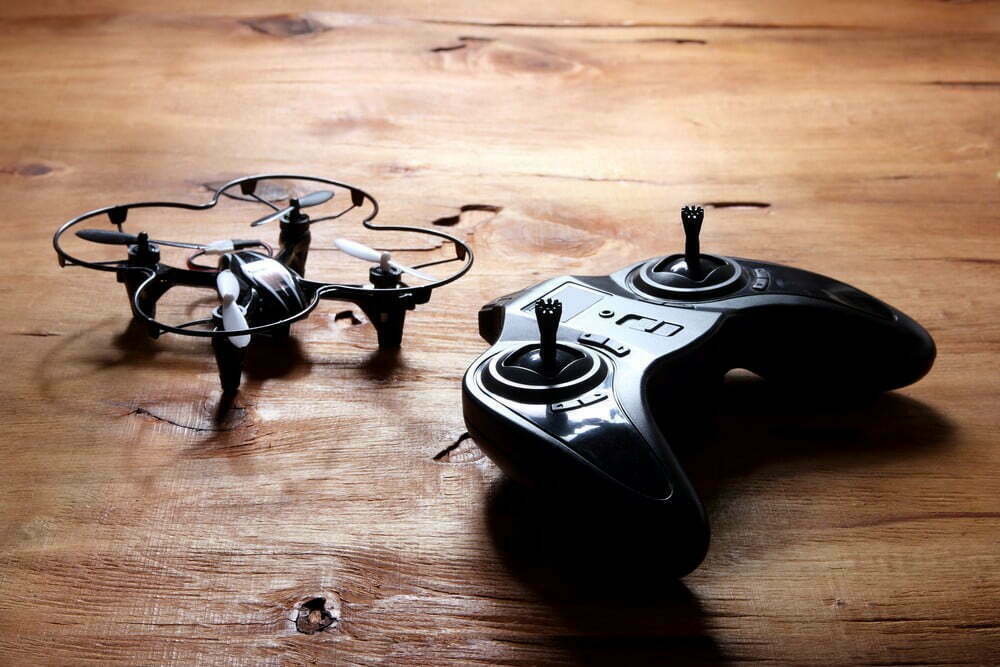
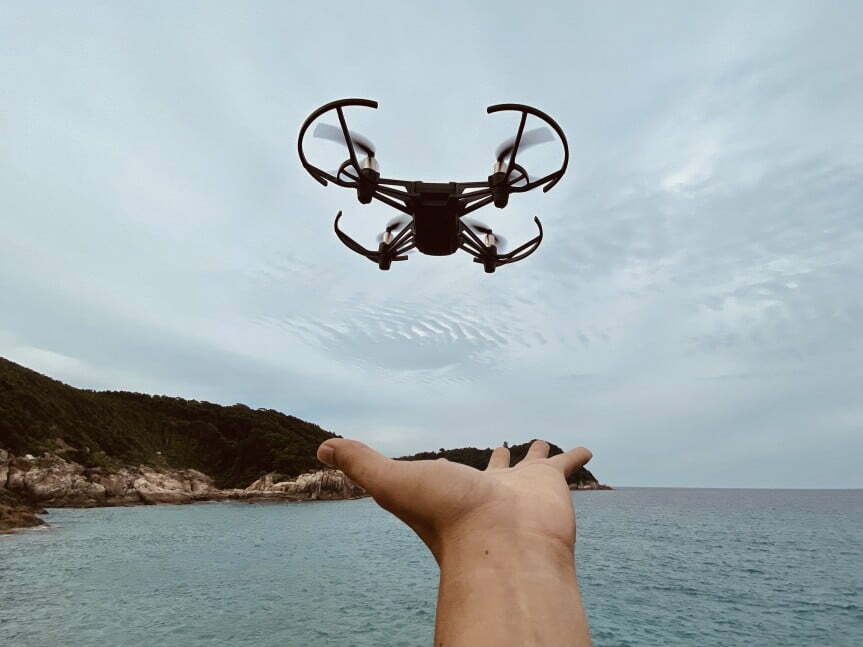
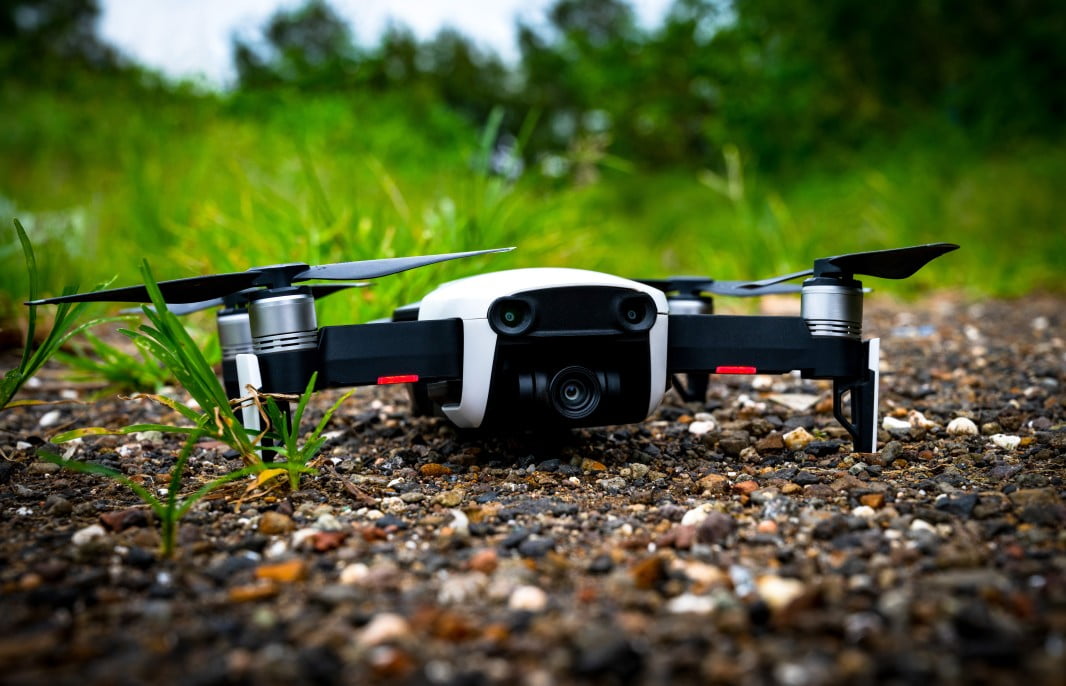
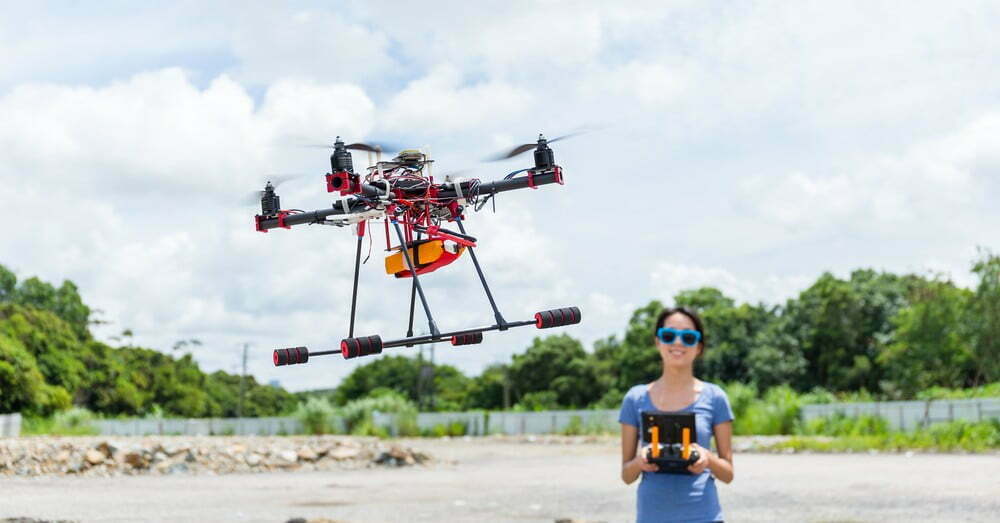
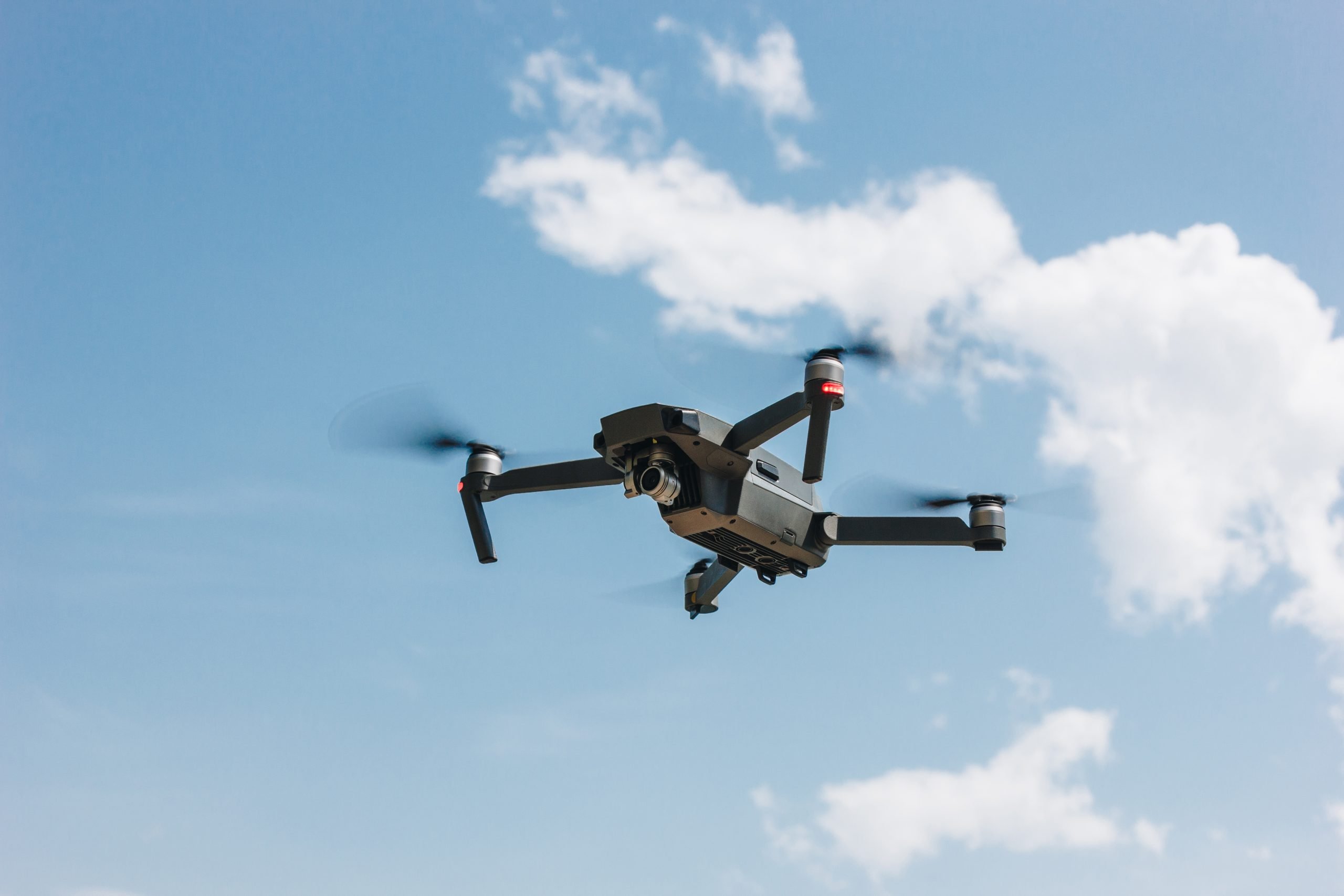
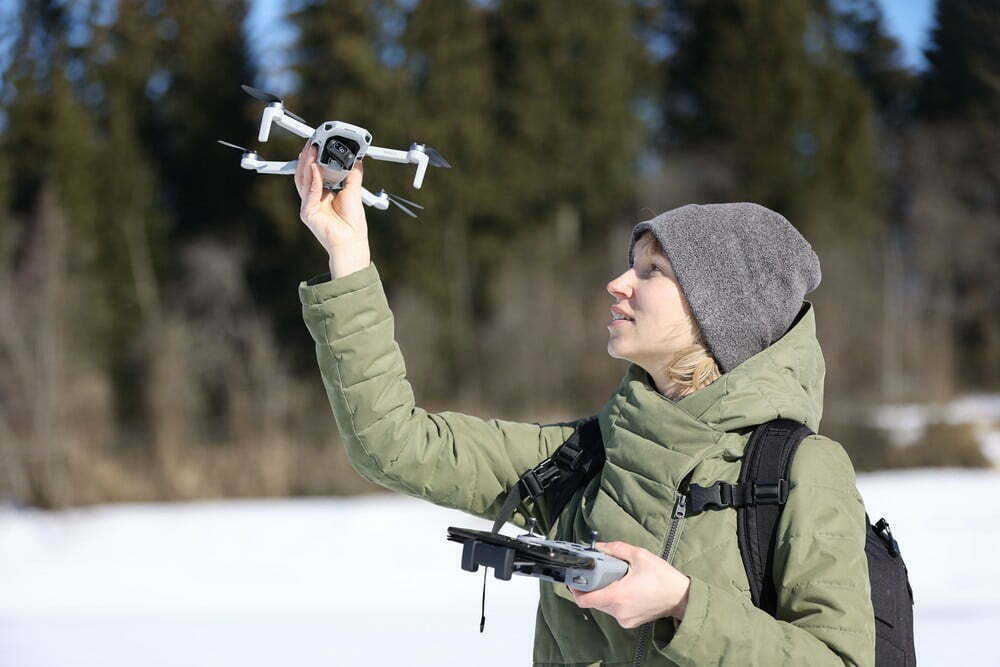
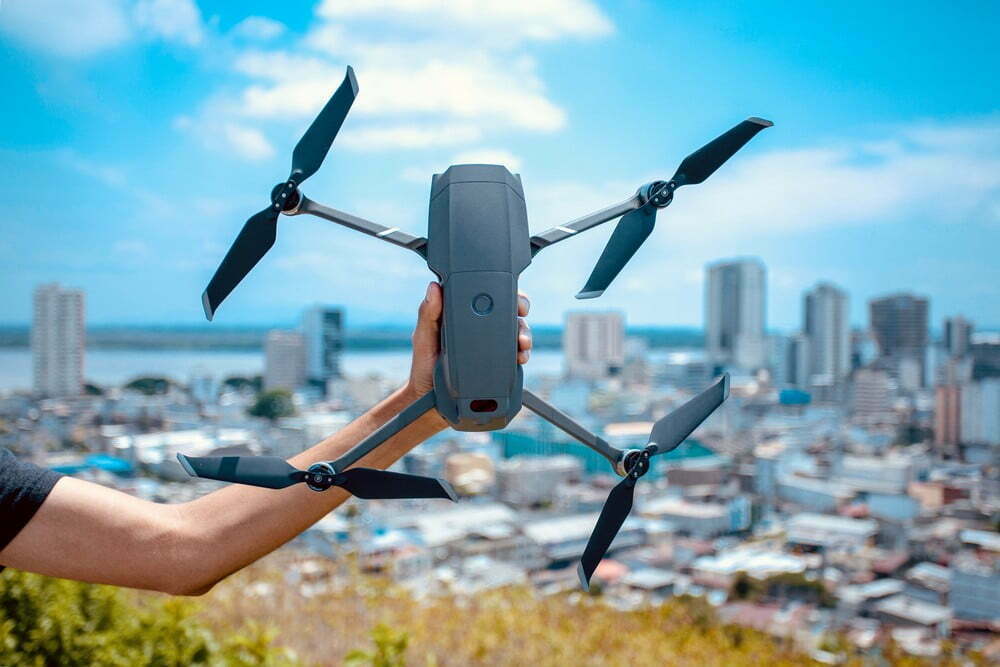
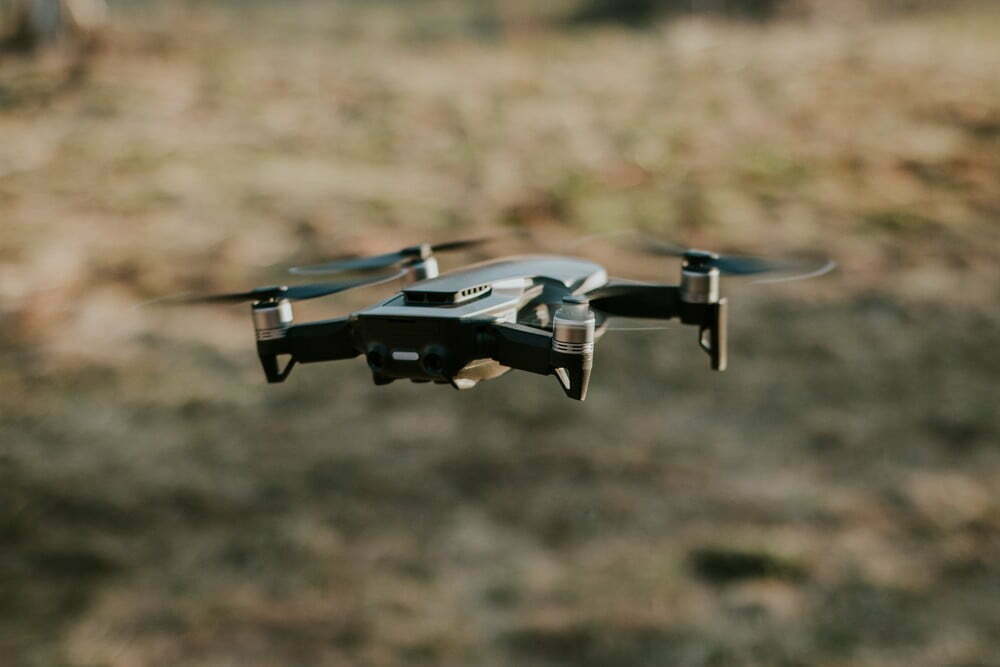
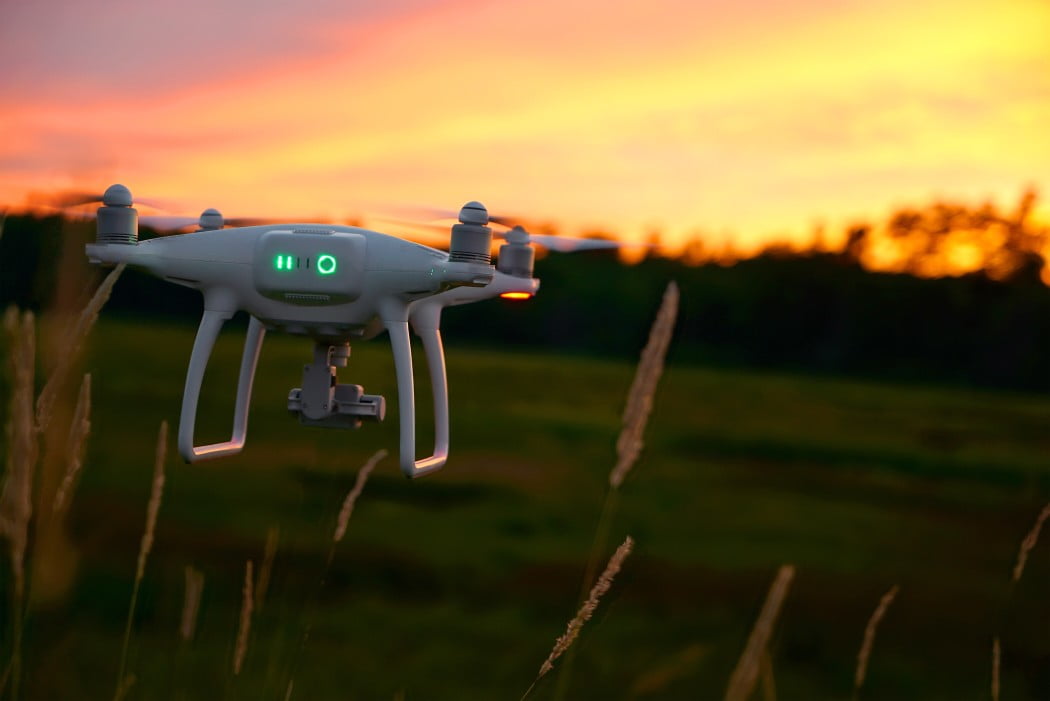
![Best Drones Under the Cost of Ferrari in [year] 26 Best Drones Under the Cost of Ferrari in 2025](https://www.gadgetreview.dev/wp-content/uploads/image-test-3.jpg)
![10 Best VR Drones in [year] 27 10 Best VR Drones in 2025](https://www.gadgetreview.dev/wp-content/uploads/Best-VR-Drone.jpg)
![10 Best Drones for Beginners in [year] 28 10 Best Drones for Beginners in 2025](https://www.gadgetreview.dev/wp-content/uploads/Best-Drones-for-Beginners.png)
![10 Best Indoor Drones in [year] 29 10 Best Indoor Drones in 2025](https://www.gadgetreview.dev/wp-content/uploads/Best-Indoor-Drone.jpeg)
![10 Best FPV Racing Drones in [year] 30 10 Best FPV Racing Drones in 2025](https://www.gadgetreview.dev/wp-content/uploads/Best-FPV-Racing-Drone-scaled-1.jpg)
![10 Best Selfie Drones in [year] 31 10 Best Selfie Drones in 2025](https://www.gadgetreview.dev/wp-content/uploads/Best-Selfie-Drones.jpg)
![10 Best Drones for GoPro in [year] 32 10 Best Drones for GoPro in 2025](https://www.gadgetreview.dev/wp-content/uploads/Best-Drone-for-GoPro-scaled-1.jpg)
![10 Best Drones for Kids in [year] 33 10 Best Drones for Kids in 2025](https://www.gadgetreview.dev/wp-content/uploads/Best-Drone-for-Kids-scaled-1.jpg)
![10 Best Professional Drones in [year] 34 10 Best Professional Drones in 2025](https://www.gadgetreview.dev/wp-content/uploads/Best-Professional-Drone.jpg)
![10 Best Fixed Wing Drones in [year] 35 10 Best Fixed Wing Drones in 2025](https://www.gadgetreview.dev/wp-content/uploads/Best-Fixed-Wing-Drone.jpg)
![10 Best Follow Me Drones in [year] 36 10 Best Follow Me Drones in 2025](https://www.gadgetreview.dev/wp-content/uploads/Best-Follow-Me-Drone.jpg)
![10 Best Foldable Drones in [year] 37 10 Best Foldable Drones in 2025](https://www.gadgetreview.dev/wp-content/uploads/best-foldable-drones.jpg)
![10 Best Drones for Travelling in [year] 38 10 Best Drones for Travelling in 2025](https://www.gadgetreview.dev/wp-content/uploads/best-drones-for-travelling.jpg)
